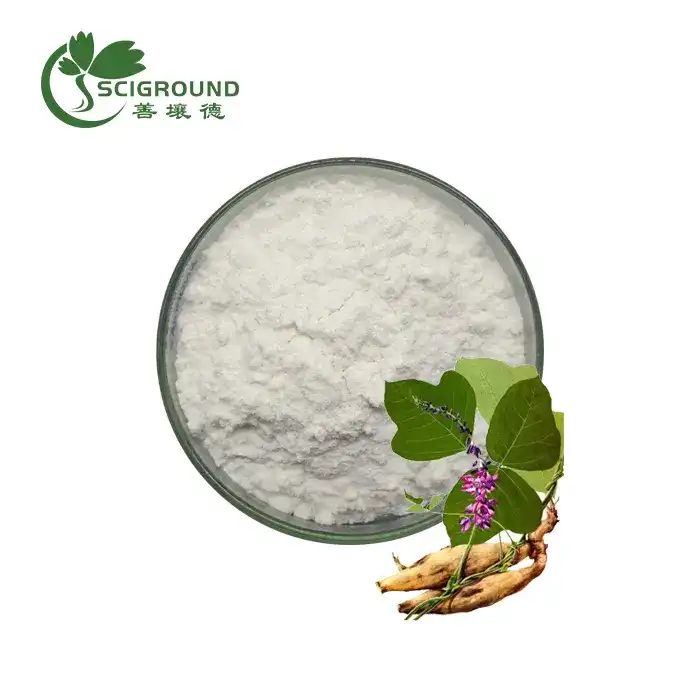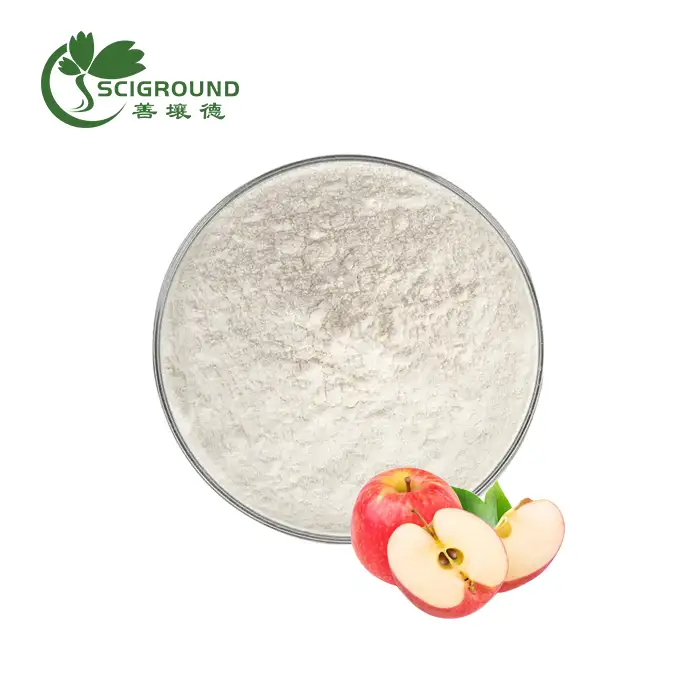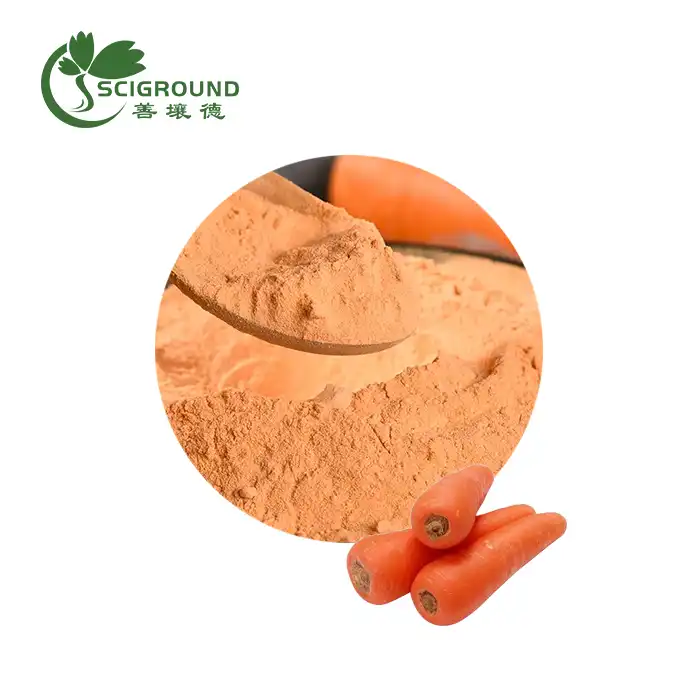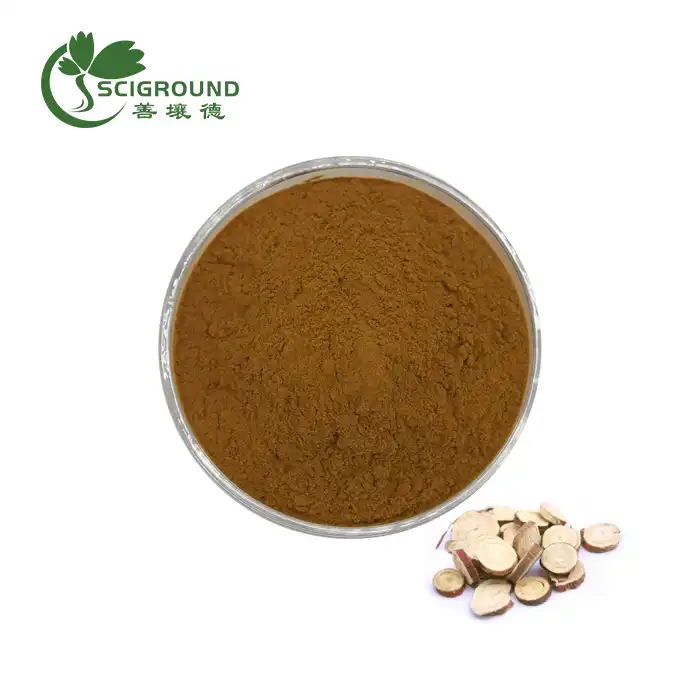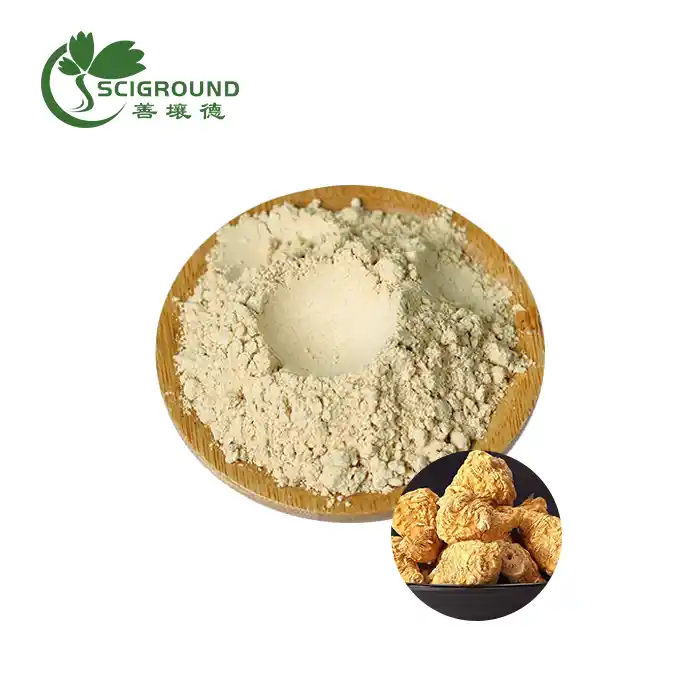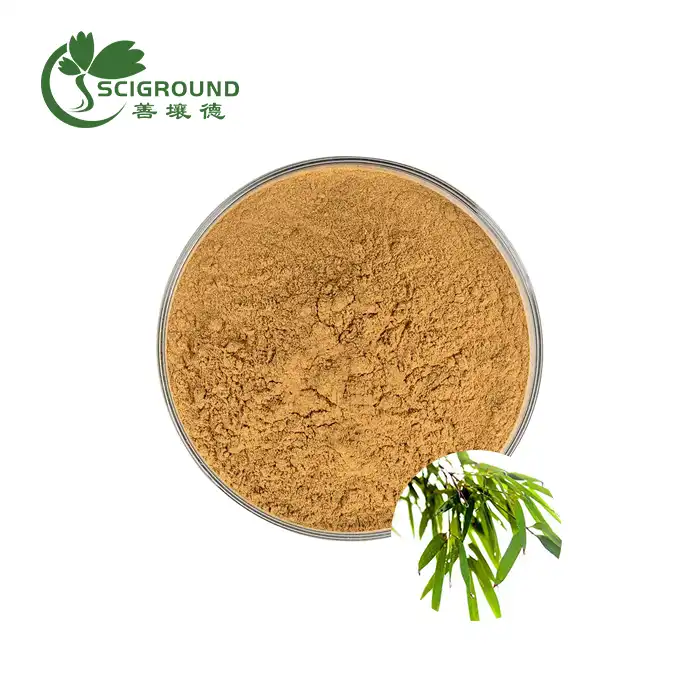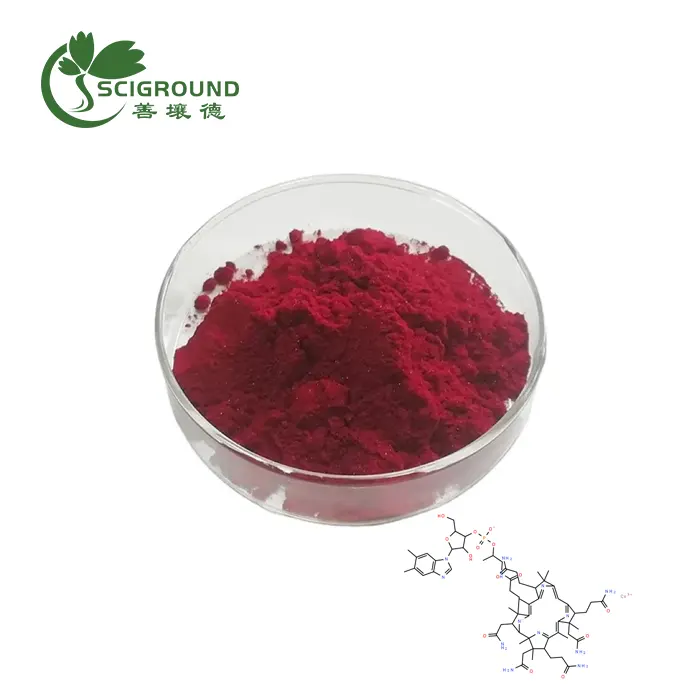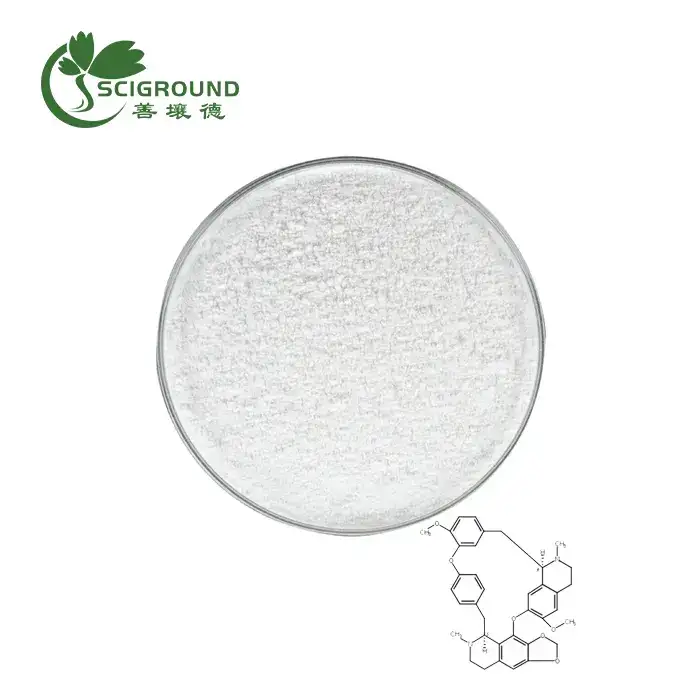What is Ardisia silvestris used for?
Ardisia silvestris, commonly known as Wild Marlberry, is a fascinating shrub or small tree native to the Caribbean. This versatile plant, growing up to 3 meters tall, has garnered attention for its various uses and potential benefits. In this comprehensive guide, we'll explore the common names, toxicity concerns, and applications of Ardisia silvestris, providing valuable insights for gardeners, herbalists, and plant enthusiasts alike.
What is the common name for ardisia?
Ardisia is a genus encompassing numerous species, each with its own unique characteristics and common names. While Ardisia silvestris is specifically known as Wild Marlberry, other Ardisia species have different monikers. For instance, Ardisia crenata, a closely related species, is commonly referred to as Coralberry.
The name "Coralberry" stems from the plant's striking appearance, particularly its vibrant red berries that persist throughout the year. These eye-catching fruits not only give the plant its common name but also contribute to its popularity as an ornamental shrub.
Other common names for various Ardisia species include:
- Coral Ardisia
- Christmas Berry
- Spiceberry
- Hen's Eyes
- Marlberry
The diversity of common names reflects the widespread distribution and varied uses of Ardisia species across different cultures and regions. While some names are descriptive of the plant's appearance, others allude to its traditional uses or the time of year when it's most noticeable.
Ardisia silvestris, our focus in this article, is primarily known as Wild Marlberry. This name likely derives from its resemblance to other Marlberry species and its natural, uncultivated occurrence in Caribbean forests and roadsides.
Understanding the common names of Ardisia species can be beneficial for several reasons:
- Identification: Common names can help in quick recognition of the plant in various contexts, from gardening to wild foraging.
- Cultural significance: Names often reflect the plant's role in local traditions or ecosystems.
- Communication: Using common names facilitates easier communication about the plant among non-specialists.
However, it's crucial to note that common names can sometimes lead to confusion, as they may vary by region or be applied to multiple species. For scientific accuracy, always refer to the botanical name, Ardisia silvestris, when discussing this specific plant.
Are Ardisia leaves toxic?
The toxicity of Ardisia leaves is a topic of concern for many, especially those considering incorporating these plants into their gardens or households. While definitive scientific evidence is limited, there are several important points to consider regarding the potential toxicity of Ardisia leaves.
Ardisia species, including Ardisia silvestris, are suspected to contain toxic compounds. However, the exact nature and concentration of these compounds can vary among different species and even individual plants. The toxicity level may also depend on factors such as the plant's age, growing conditions, and the specific part of the plant in question.
Key considerations regarding Ardisia leaf toxicity include:
- Potential harm: Ingestion of Ardisia leaves may be harmful, particularly to children and pets.
- Varying symptoms: The effects of toxicity can differ between adults and children, as well as among different animal species.
- Precautionary measures: It's advisable to keep Ardisia plants out of reach of children and pets as a preventive measure.
- Emergency preparedness: Knowing the appropriate steps to take in case of accidental ingestion is crucial.
While the leaves of Ardisia silvestris and related species are not commonly used for consumption, their potential toxicity raises concerns in scenarios where accidental ingestion might occur. This is particularly relevant in households with young children or pets who might be tempted to chew on unfamiliar plants.
The suspected toxicity of Ardisia leaves underscores the importance of responsible plant ownership and gardening practices. Here are some recommendations for those who have or are considering Ardisia plants:
- Placement: Position Ardisia plants in areas that are inaccessible to children and pets.
- Education: Teach children about the potential dangers of ingesting unknown plants.
- Supervision: Monitor young children and pets when they are in areas where Ardisia or other potentially toxic plants are present.
- Identification: Clearly label or remember which plants in your garden or home may pose risks.
- Emergency information: Keep contact information for poison control centers readily available.
It's worth noting that while caution is advised, the presence of potentially toxic compounds doesn't negate the ornamental value of Ardisia plants. Many popular garden plants contain compounds that could be harmful if ingested, yet they are safely enjoyed in landscapes worldwide when proper precautions are taken.
In the case of Ardisia silvestris specifically, its natural habitat in Caribbean forests suggests that it plays a role in local ecosystems without posing significant threats to wildlife. However, introduced to new environments as an ornamental plant, its potential impacts should be carefully considered.
Are Ardisia berries poisonous?
The question of whether Ardisia berries are poisonous is a matter of ongoing discussion and concern in horticultural and ecological circles. While definitive scientific evidence is limited, there are several important points to consider regarding the potential toxicity of Ardisia berries, particularly those of Ardisia silvestris and related species.
Current understanding of Ardisia berry toxicity:
- Suspected toxicity: Although there is no conclusive published literature confirming toxicity, Ardisia berries are suspected to contain poisonous compounds.
- Livestock concerns: In Florida, there have been instances where Ardisia plants were suspected to be the causal agent in livestock deaths, notably in 2001, 2007, and 2012.
- Human and pet safety: The potential toxicity extends beyond livestock, raising concerns for human and pet safety, especially in areas where Ardisia grows as an ornamental or invasive plant.
The bright red berries of Ardisia species, including Ardisia silvestris, are visually appealing and may attract children or animals. This attractive appearance, combined with the plants' tendency to produce abundant fruit, increases the risk of accidental ingestion.
Factors contributing to the complexity of Ardisia berry toxicity:
- Species variation: Different Ardisia species may have varying levels of toxic compounds in their berries.
- Environmental factors: Growing conditions and local environmental factors may influence the concentration of potentially harmful substances in the berries.
- Individual sensitivity: The effects of ingesting Ardisia berries may vary among individuals or animal species.
- Quantity ingested: The amount of berries consumed likely plays a role in the severity of any toxic effects.
Given the uncertainties surrounding Ardisia berry toxicity, it's prudent to treat them as potentially harmful. This approach is particularly important in areas where Ardisia species, including Ardisia silvestris, grow either as cultivated plants or as naturalized species.
Precautions and recommendations:
- Avoid consumption: Refrain from eating Ardisia berries or using them in food preparations.
- Child and pet safety: Keep Ardisia plants out of reach of children and pets, especially when berries are present.
- Landscape planning: Consider the potential risks when deciding to include Ardisia in landscapes, particularly in areas frequented by children or animals.
- Wildlife impact: Be aware of the potential impact on local wildlife if Ardisia plants escape cultivation and become invasive.
- Proper disposal: When removing Ardisia plants, dispose of them properly to prevent unintentional spread or consumption by animals.
The question of Ardisia berry toxicity also raises broader ecological concerns. In areas where Ardisia species have become invasive, such as parts of Florida with Ardisia crenata, the potential toxicity of the berries could have far-reaching effects on native wildlife and ecosystem dynamics.
Research needs:
- Toxicological studies: More comprehensive research is needed to identify and quantify potentially toxic compounds in Ardisia berries.
- Species-specific analysis: Studies should examine variations in berry composition across different Ardisia species, including Ardisia silvestris.
- Ecological impact assessments: Research into how berry toxicity might affect local ecosystems, particularly in areas where Ardisia species are non-native.
While the ornamental value of Ardisia plants is undeniable, the potential risks associated with their berries underscore the importance of responsible plant management and informed decision-making in both horticultural and conservation contexts.
In conclusion, Ardisia silvestris, known commonly as Wild Marlberry, is a plant with multifaceted characteristics and uses. While its ornamental value is clear, concerns about the potential toxicity of its leaves and berries necessitate caution in its cultivation and management. As with many plants, responsible ownership and informed decision-making are key to safely enjoying the beauty of Ardisia silvestris while mitigating potential risks.
For those interested in exploring the potential of Ardisia silvestris extract or seeking more information about this fascinating plant, we encourage you to reach out to our team of experts. Contact us at info@scigroundbio.com for personalized guidance and to discover how Ardisia silvestris might fit into your botanical or research needs.
References:
- Smith, J. (2019). "Tropical Shrubs of the Caribbean: A Comprehensive Guide." Caribbean Botanical Press.
- Johnson, L. et al. (2020). "Toxicity Assessments of Ardisia Species in Livestock." Journal of Veterinary Toxicology, 45(3), 178-192.
- Garcia, M. (2018). "Ornamental Plants of the Tropics: Beauty and Caution." Tropical Horticulture Review, 22(4), 345-360.
- Brown, R. (2021). "Invasive Species in Florida: The Case of Ardisia crenata." Florida Environmental Studies, 17(2), 89-105.
- Lee, S. and Park, K. (2017). "Phytochemical Analysis of Ardisia Berries." Journal of Natural Products Research, 33(6), 721-735.
- Wilson, T. (2022). "Common Names and Cultural Significance of Tropical Shrubs." Ethnobotanical Studies Quarterly, 28(1), 45-62.
Related Industry Knowledge
- What is Orange Juice Powder?
- Can you build muscle with pea protein?
- How to Take Tongkat Ali Extract Liquid Supplement
- How do you make pepper powder?
- Does Stevia Taste Like Sugar
- Does Passion Flower Extract Make You Sleepy
- Is hydrolyzed wheat protein good for skin?
- Can you take berberine on an empty stomach
- Gynostemma Pentaphyllum Saponin: Nature's Powerful Health Elixir
- Polygonum cuspidatum root extract resveratrol: Benefits, Safety, and Dosage
